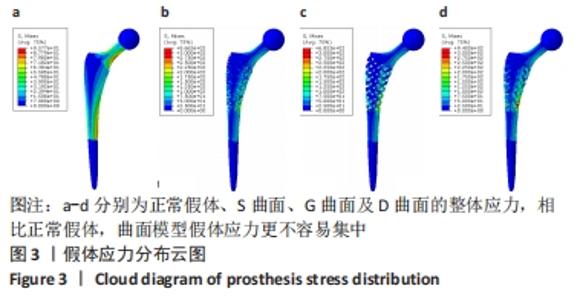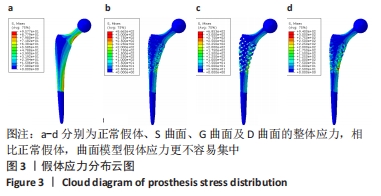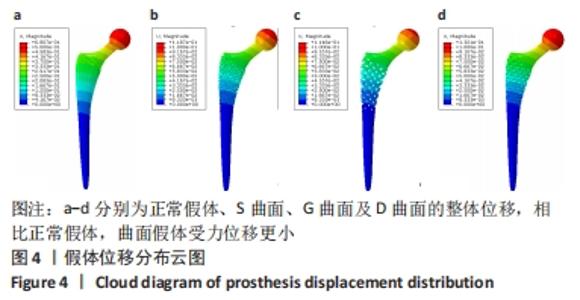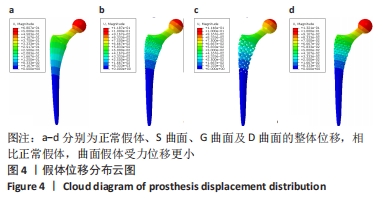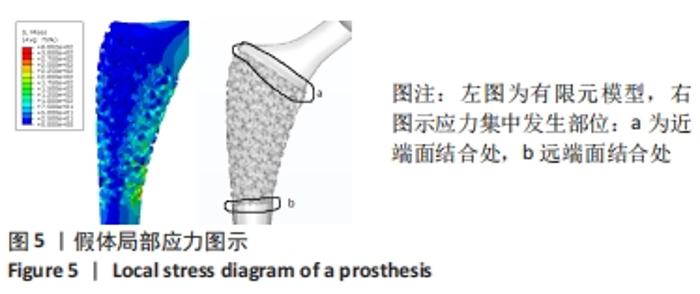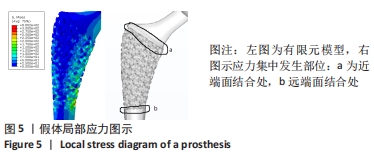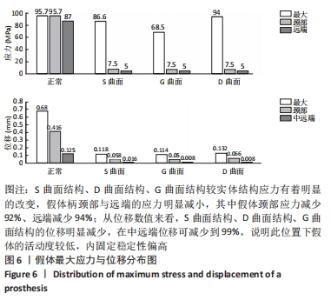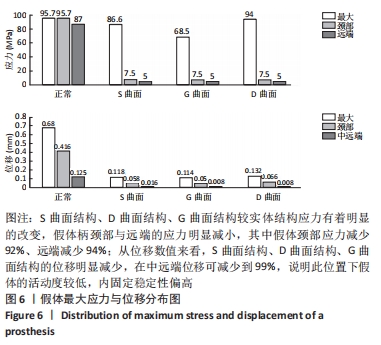[1] 施建平. 面向骨植入体3D打印的多孔结构构建研究[D].南京:东南大学,2018.
[2] SHI J, YANG J, LI Z, et al. Design and fabrication of graduated porous Ti-based alloy implants for biomedical applications. J Alloys Comp. 2017;728:1043-1048.
[3] 胡大勇, 党霖薇, 王永祯. 具有三维周期极小表面结构的3D打印聚合物多孔材料的能量吸收特性研究:实验和数值模拟[C]// 2018年全国固体力学学术会议.2018.
[4] 赵春伶,贾少薇,李剑,等.基于3D打印多孔支架和植入体的结构设计研究进展[J]. 医用生物力学,2019,34(4):446-452.
[5] 李心远, 宋卫东, 陈键. 3D打印TPMS多孔材料力学性能数值仿真[J]. 太原理工大学学报,2019,50(3):386-393.
[6] 雷鸿源,李静蓉,徐志佳,等.孔隙表征参数驱动的TPMS多孔结构建模[J].计算机辅助设计与图形学学报,2020,32(1):156-163,172.
[7] 涂世杰,邹洋,熊赵平,等.股骨近端防旋髓内钉治疗高龄非解剖复位股骨颈基底部骨折的有限元分析[J].中国医药导报,2020, 17(15):71-75+197.
[8] AL-KETAN O, SOLIMAN A, ALQUBAISI AM, et al. Nature-Inspired Lightweight Cellular Co-Continuous Composites with Architected Periodic Gyroidal Structures. Adv Eng Mater. 2018;20(2):1700549.
[9] HU W, MA X, GOU M, et al. 3D printing of functional biomaterials for tissue engineering. Curr Opin Biotechnol. 2016;40:103-112.
[10] 李治彤. 基于TPMS单元的人工骨支架性能仿真分析[D]. 哈尔滨:哈尔滨工业大学,2020.
[11] SANCHEZ J. Biomimetic approaches in bone tissue engineering: Integrating biological and physicomechanical strategies. Adv Drug Deliv Rev. 2015;84:1-29.
[12] CHLANDA A, KIJEŃSKA E, RINOLDI C, et al. Structure and physico-mechanical properties of low temperature plasma treated electrospun nanofibrous scaffolds examined with atomic force microscopy. Micron. 2018;107:79-84.
[13] 李莹. 多孔骨组织工程支架的优化设计与可控构建[D].贵阳:贵州师范大学,2018.
[14] ABUEI DD ADW, ABU AL-RUB RK, DALAQ AS, et al. Effective conductivities and elastic moduli of novel foams with triply periodic minimal surfaces. Mech Mater. 2016;95:102-115.
[15] 王冠军. 基于激光选区熔化技术可控多孔结构设计及力学性能研究[D].南京:南京航空航天大学,2018.
[16] 刘建恒. 基于羧基化PLGA纳米骨修复材料的制备及性能研究[D].北京:中国人民解放军医学院,2016.
[17] 钱文伟.人工髋关节摩擦界面的选择[J].中国组织工程研究,2015, 19(48):7832.
[18] 王灏. 多孔结构互补支架体内异位成骨及钴铬合金生物功能化研究[D].成都:西南交通大学,2012.
[19] LI Z, CUI Z. Three-dimensional perfused cell culture. Biotechnol Adv. 2014;32(2):243-254.
[20] AL-TAMIMI AA, HUANG B, VYAS C, et al. Topology optimised metallic bone plates produced by electron beam melting: a mechanical and biological study. Int J Adv Manufact Technol. 2019; 104(6):195-210.
[21] 李超,程静波,冯明利.从生物力学角度认识股骨解剖结构对膝关节置换的影响[J].中国组织工程研究,2020,24(36):5850-5857.
[22] ZHANG J, EBRAHEIM N, LI M, et al. External fixation using locking plate in distal 5-tibial fracturea finite element analysis. Eur J Orthop Surg Traumatol. 2015;25(6):1099-1104.
[23] Mueller TL,Christen D,Sandercott S,et al.Computational finite elementbone mechanics accurately predicts mechanical competence in the human radius of an elderly population. Bone. 2011;48(6): 1232-1238.
[24] 刘建恒,李明,刘鐘阳,等. 3D打印多孔矿化胶原-硫酸钙仿生组织工程骨修复兔股骨髁包容性骨缺损的实验研究[J].创伤外科杂志,2020,22(6):408-413.
[25] 董双鹏,张晨,李沅,等. 3D打印骨科植入物多孔结构Micro-CT形貌分析方法研究[J]. 中国医疗设备,2020,35(3):37-41.
[26] 张家彬,马志勇,陈宏庆,等. 45S5生物活性骨组织支架3D打印制备及性能研究[J].北京生物医学工程,2018,37(6):597-602,610.
[27] 李姝博. 3D打印髋关节假体多孔结构力学性能的数值仿真和实验研究[D]. 长春:吉林大学,2020.
[28] 虎鑫,何梅,闵理,等. 3D打印多孔结构金属支撑假体治疗胫骨近端CampanacciⅠ、Ⅱ级骨巨细胞瘤的早期疗效评估[J]. 中华骨与关节外科杂志,2020,13(12):1023-1029.
[29] KELLY CN, MILLER AT, HOLLISTER SJ, et al. Design and Structure-Function Characterization of 3D Printed Synthetic Porous Biomaterials for Tissue Engineering. Adv Healthc Mater. 2018;7(7):e1701095.
[30] ZHANG W, WANG XC, LI XY, et al. A 3D porous microsphere with multistage structure and component based on bacterial cellulose and collagen for bone tissue engineering. Carbohydr Polym. 2020; 236:116043.
[31] CHEN S, JOHN JV, MCCARTHY A, et al. Fast transformation of 2D nanofiber membranes into pre-molded 3D scaffolds with biomimetic and oriented porous structure for biomedical applications. Appl Phys Rev. 2020;7(2):021406.
[32] KIM W, KIM G. Collagen/bioceramic-based composite bioink to fabricate a porous 3D hASCs-laden structure for bone tissue regeneration. Biofabrication. 2019;12(1):015007.
[33] FU Z, ZHOU S, XIA L, et al. Juncus effusus fiber-based cellulose cigarette filter with 3D hierarchically porous structure for removal of PAHs from mainstream smoke. Carbohydr Polym. 2020;241:116308.
|
